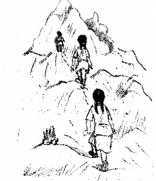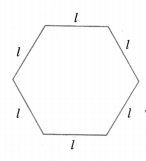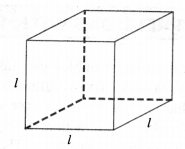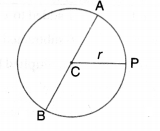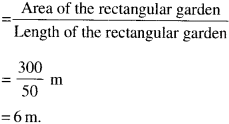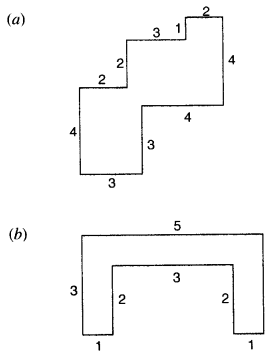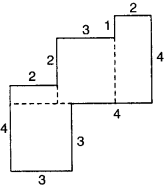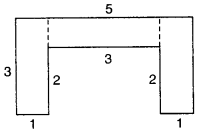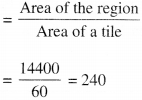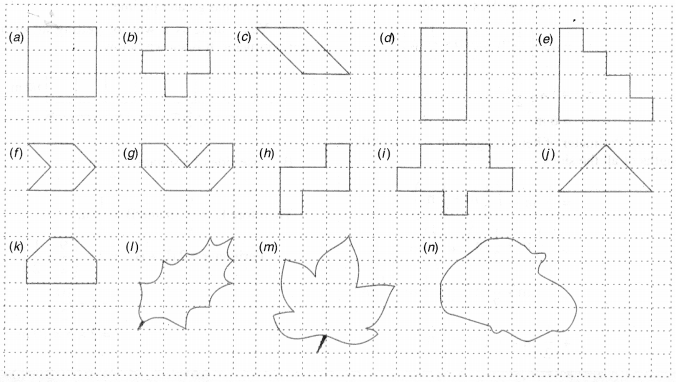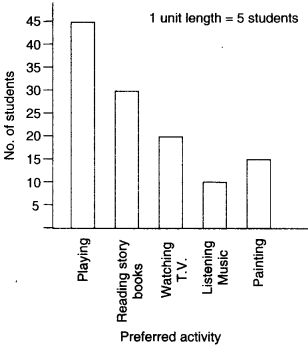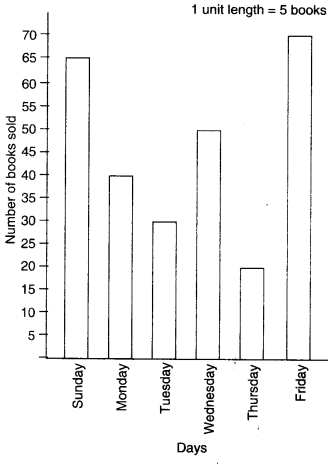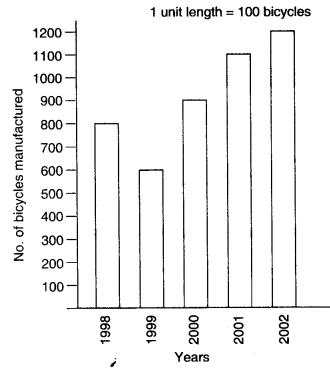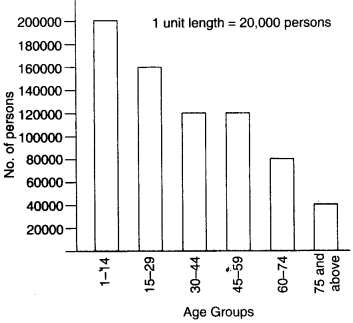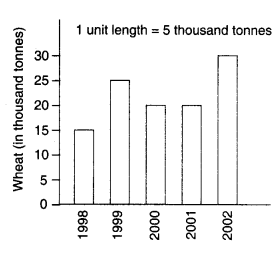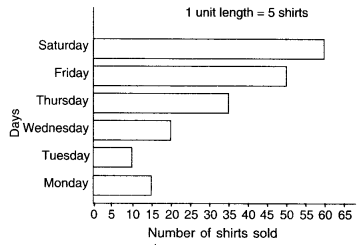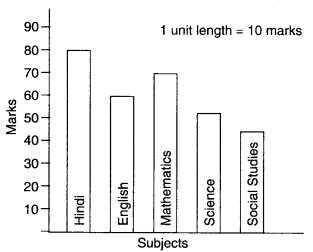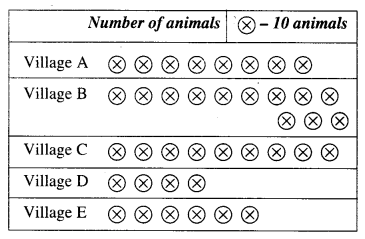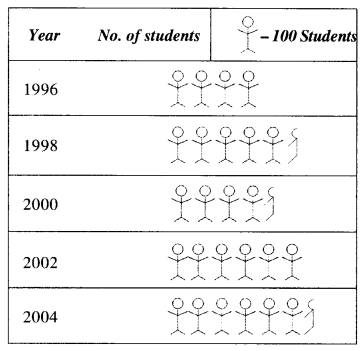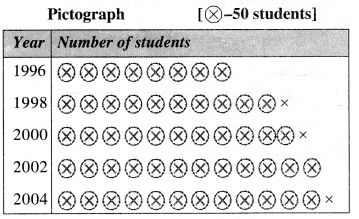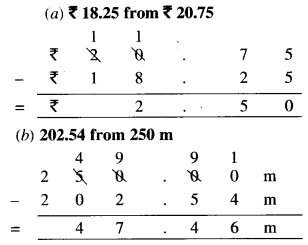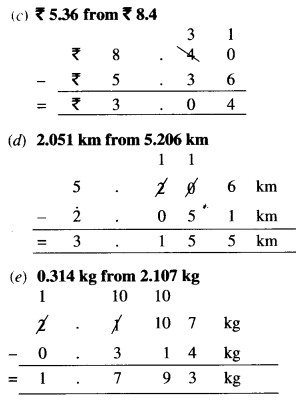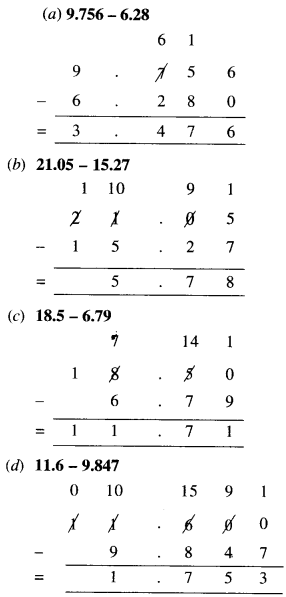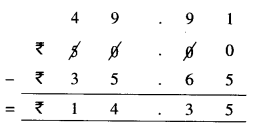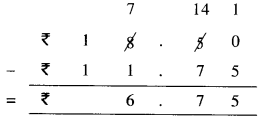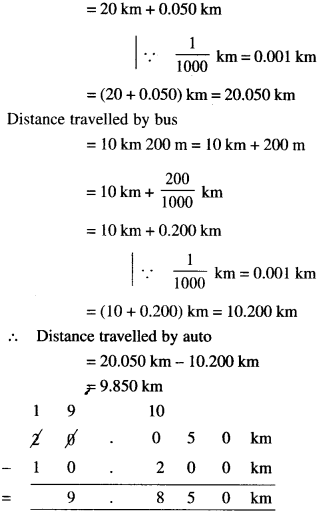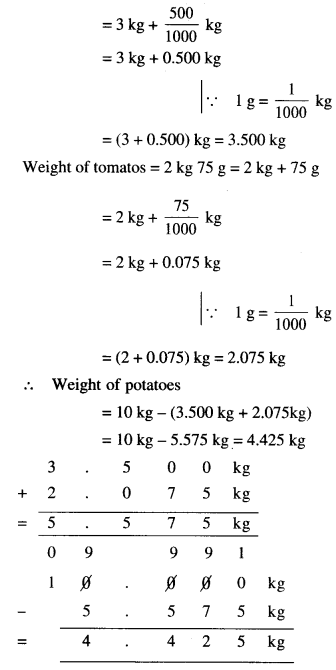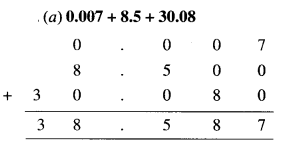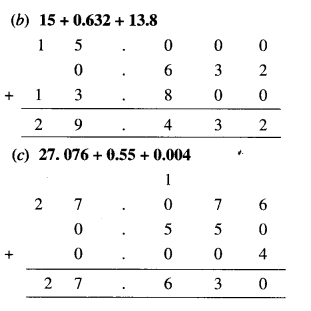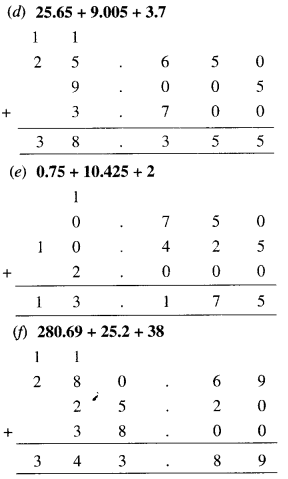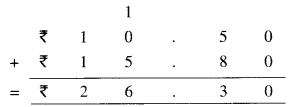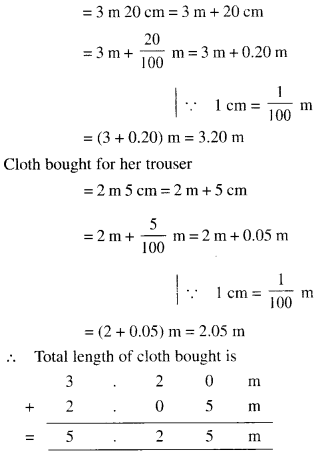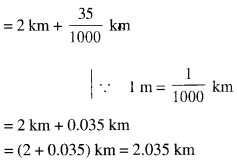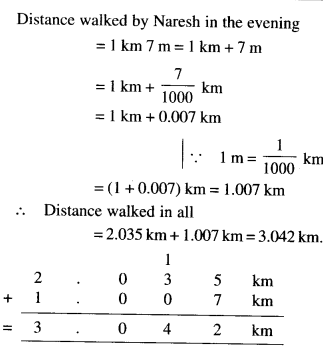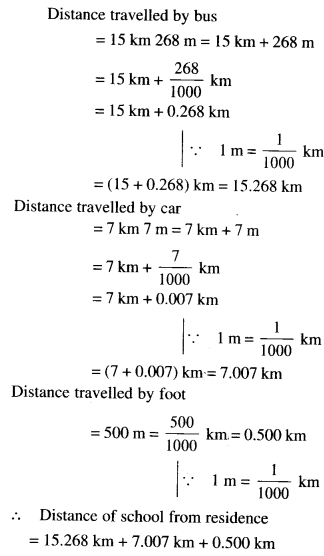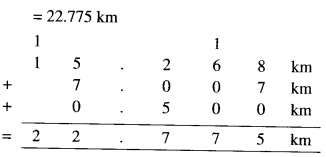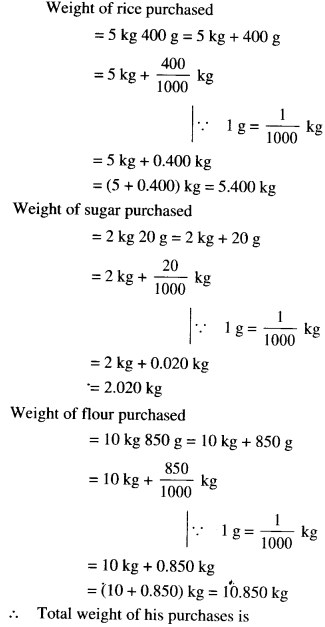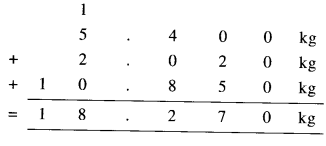NCERT Solutions for Class 6 Maths Chapter 11 Algebra Ex 11.5 are part of NCERT Solutions for Class 6 Maths. Here we have given NCERT Solutions for Class 6 Maths Chapter 11 Algebra Ex 11.5.
| Board | CBSE |
| Textbook | NCERT |
| Class | Class 6 |
| Subject | Maths |
| Chapter | Chapter 11 |
| Chapter Name | Algebra |
| Exercise | Ex 11.5 |
| Number of Questions Solved | 5 |
| Category | NCERT Solutions |
NCERT Solutions for Class 6 Maths Chapter 11 Algebra Ex 11.5
Question 1.
State which of the following are equations (with a variable). Give reason for your answer. Identify the variable from the equations with a variable.
(a) 17 = x + 7
(b) (t-7)> 5
(c) \(\frac { 4 }{ 2 } \) =2
(d) (7 x 3)-19 = 8
(e) 5 x 4 – 8 =2x
(f) x – 2 =0
(g) 2m<30
(h) 2n+1=11
(i) 7=(11 x 5) -(12x 4)
(j) 7=(11×2)+p
(k) 20=5y
(l) latex]\frac { 3q }{ 2 } [/latex]<5
(m) z+12>24
(n) 20-(10-5)=3×5
(o) 7-x =5
Solution.
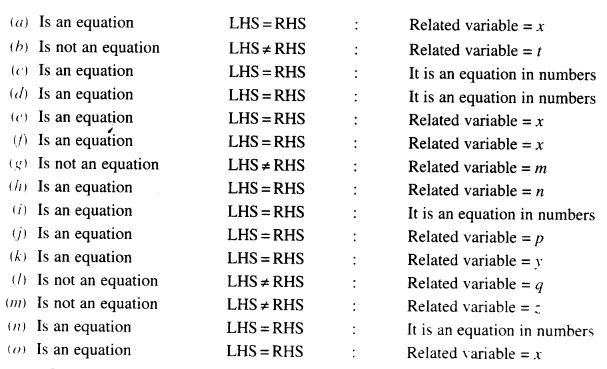
Question 2.
Complete the entries in the third column of the table.
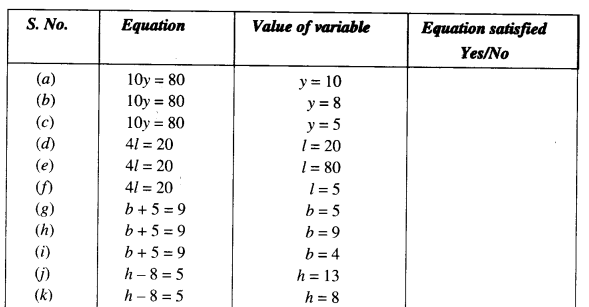

Solution.
(a) Yes
(b) Yes
(c) No
(d) No
(e) No
(f) Yes
(g) No
(h) No
(i) Yes
(j) Yes
(k) No
(l) No
(m) No
(n) No
(o) No
(p) No
(q) Yes
Question 3.
Pick out the solution from the values given bracket next to each equation. Show that the values do not satisfy the equation.
(a) 5m – 60 (10, 5, 12, 15)
(b) n + 12 = 20 (12, 8, 20, 0)
(c) p-5 = 5 (0, 10, 5,-5)
(d) \(\frac { q }{ 2 } \) = 7 (7, 2, 10, 14)
(e) r-4- 0 (4, – 4. 8, 0)
(f) x + 4 – . y (-2, 0, 2. 4)
Solution.
(a) Solution is 12
For m = 10
L.H.S. = 5 x 10 = 50 which is not equal to R.H.S.
For m = 5
L.H.S. = 5 x 5 = 25 which is not equal to R.H.S.
For m = 15
L.H.S. = 5 x 15 = 75 which is not equal to R.H.S.
(b) Solution is 8
For n = 12
L.H.S. = 12+12
= 24 which is not equal to R.H.S.
For n = 20
L.H.S. = 20+12
= 32 which is not equal to R.H.S.
For n =0
L.H.S. = 0+12
= 12 which is not equal to R.H.S.
(c) Solution is 10
For p = 0
L.H.S. = 0 – 5 = – 5 which is not equal to R.H.S.
For p = 5
L.H.S. = 5-5 = 0 which is not equal to R.H.S.
For p = – 5
L.H.S. = – 5 – 5 = – 10 which is not equal to R.H.S.
(d) Solution is 14
For g = 7
L.H.S. = \(\frac { q }{ 2 } \) which is not equal to R.H.S.
For q = 2
L.H.S. = \(\frac { 2 }{ 2 } \) = 1 which is not equal to R.H.S.
For q = 10
L.H.S. = \(\frac { 10 }{ 2 } \) = 5 which is not equal to R.H.S.
(e) Solution is 4
For r = – 4
L.H.S. = -4-4
= – 8 which is not equal to R.H.S.
For r = 8
L.H.S. = 8-4 = 4 which is not equal to R.H.S.
For r = 0
L.H.S. = 0 – 4 = – 4 which is not equal to R.H.S.
(f) Solution is – 2
For x = 0
L.H.S. = 0 + 4 = 4 which is not equal to R.H.S. For x = 2
L.H.S. = 2 + 4 = 6 which is not equal to R.H.S.
For x : = 4
L.H.S. = 4 + 4 = 8 which is not equal to R.H.S.
Question 4.
(a) Complete the table and by inspection of the table find the solution to the equation m + 10 = 16

(b) Complete the table and by inspection of the table find the solution to the equation 5t = 35

(c) Complete the table and find using the table the solution of the equation z/3 = 4

(d) Complete the table and find the solution to the equation m-7=3

Solution.
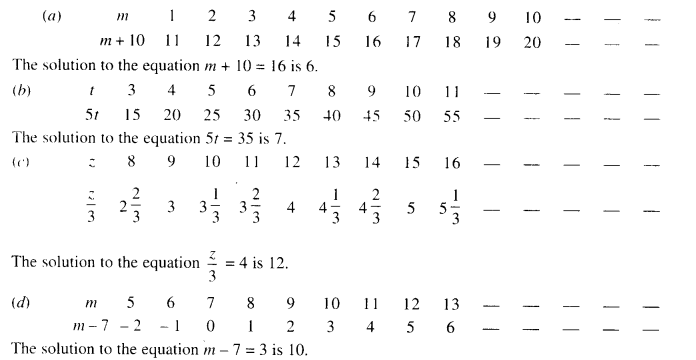
Question 5.
Solve the following riddles, you may yourself construct such riddles.
Who am I?
(i) Go round a square
Counting every corner
Thrice and no more!
Add the count to me
To get exactly thirty four!
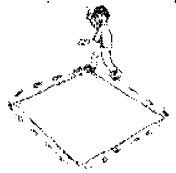
(ii) For each day of the week
Make an account from me
If you make no mistake
You will get twenty three!
(iii) I am a special number
Take away from me a six!
A whole cricket team
You will still be able to fix!

(iv) Tell me who I am
I shall give a pretty clue!
You will get me back
If you take me out of twenty-two!
Solution.
(i) Let the required number be x.
Number of corners of the square = 4
Number obtained on counting every comer thrice = 4 x 3=12
According to the question, x + 12 = 34 ⇒ x = 34 -12 = 22
Hence, I am 22.
(ii) Let the required number be x.
Number of players in a cricket team = 11
According to the question.
x – 6 = 11 ⇒ x =11+6=17
Hence, lam 17.
(iii) Let the required number be v.
Number of days of a week = 7
According to the question.
x + 7 = 23 ⇒ x = 23-7 =16
Hence, lam 16.
(iv) Let the required number be x.
According to the question.
22 – x = x ⇒ x + x = 22
2x = 22 ⇒ x = \(\frac { 10 }{ 2 } \) = 11
Hence, lam 11.
We hope the NCERT Solutions for Class 6 Maths Chapter 11 Algebra Ex 11.5 help you. If you have any query regarding. NCERT Solutions for Class 6 Maths Chapter 11 Algebra Ex 11.5, drop a comment below and we will get back to you at the earliest.
